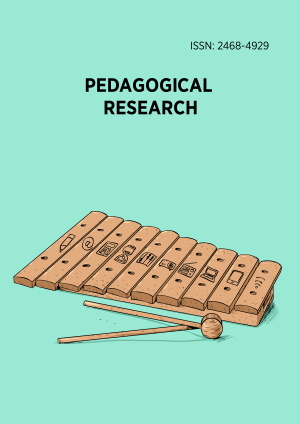Abstract
Considering the negative situations faced by the migrating societies, it is known that the language and culture factors exert a stronger influence on the mathematics course than the other undesirable conditions. From this perspective, it is known that the mathematical performance of individuals is likely to increase by placing the concept of number sense in the center. Therefore, the present study aimed to examine the number sense skills of Syrian immigrant students with reference to gender and duration of stay as an immigrant as well as to determine their conceptual awareness of number sense-related components. The descriptive correlational design was used in this study in which 152 immigrant students participated. Web-based two-tier test was used in the data collection process, and descriptive statistical values and t-test for independent samples in the analysis of the data. As a result, it was found that male students compared to female students, as well as those who had been immigrants in Turkey for a long time compared to those for a shorter time showed higher number sense performances, though most of the students were at a low number sense level. In addition, the differences appeared significantly in relation to the variables of gender and duration of stay as an immigrant. A surprising result is that most students preferred number sense-based solutions as the basis for their answers. It can thus be concluded that the number sense performances of Syrian immigrant students are lower than expected and that future studies are needed not only to focus on teachers but also on teaching methods and materials in order to take immigrant problems under control and to come up with solutions with a view to overcome such challenges.
License
This is an open access article distributed under the Creative Commons Attribution License which permits unrestricted use, distribution, and reproduction in any medium, provided the original work is properly cited.
Article Type: Research Article
PEDAGOGICAL RES, Volume 9, Issue 1, January 2024, Article No: em0183
https://doi.org/10.29333/pr/14053
Publication date: 01 Jan 2024
Online publication date: 21 Dec 2023
Article Views: 1104
Article Downloads: 698
Open Access References How to cite this article
 Full Text (PDF)
Full Text (PDF)